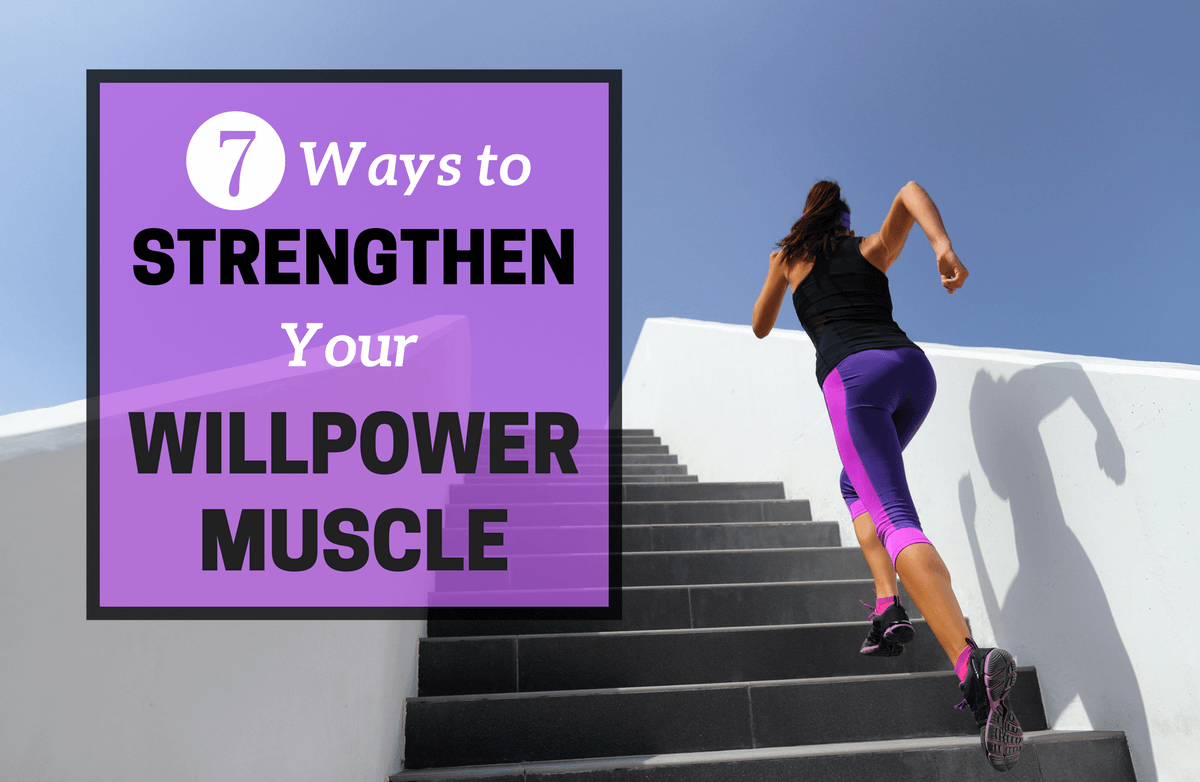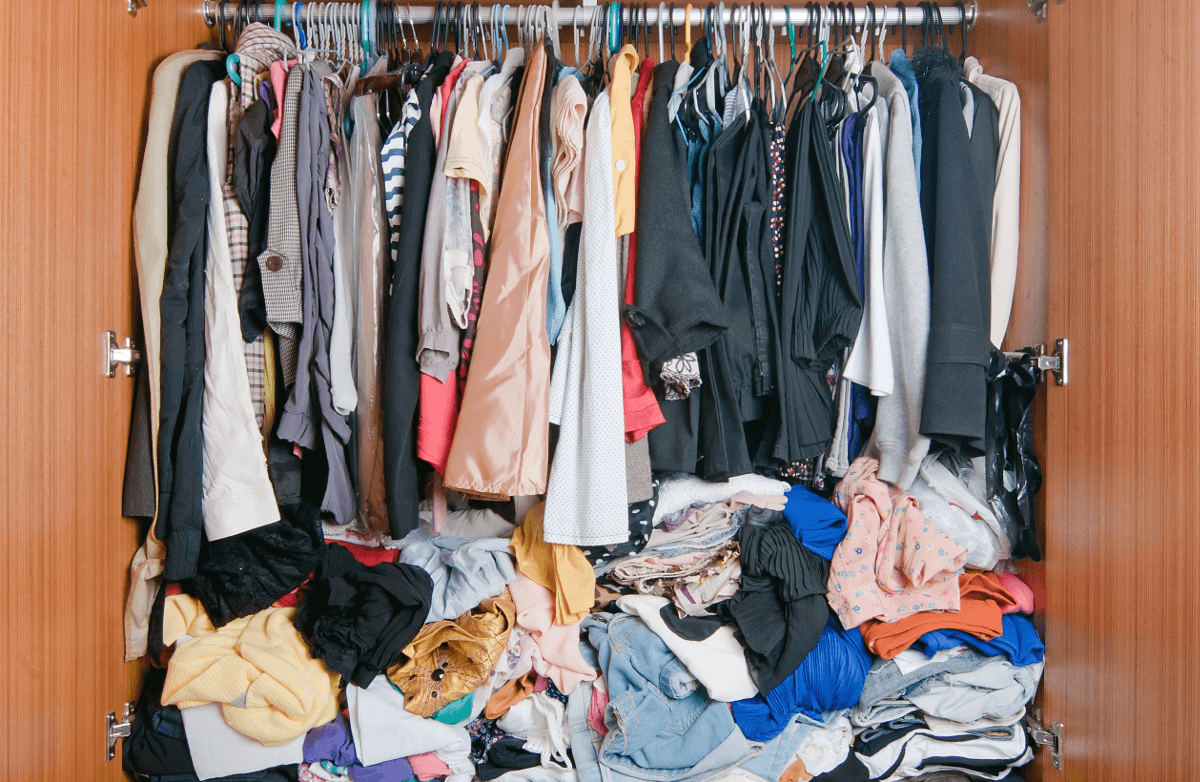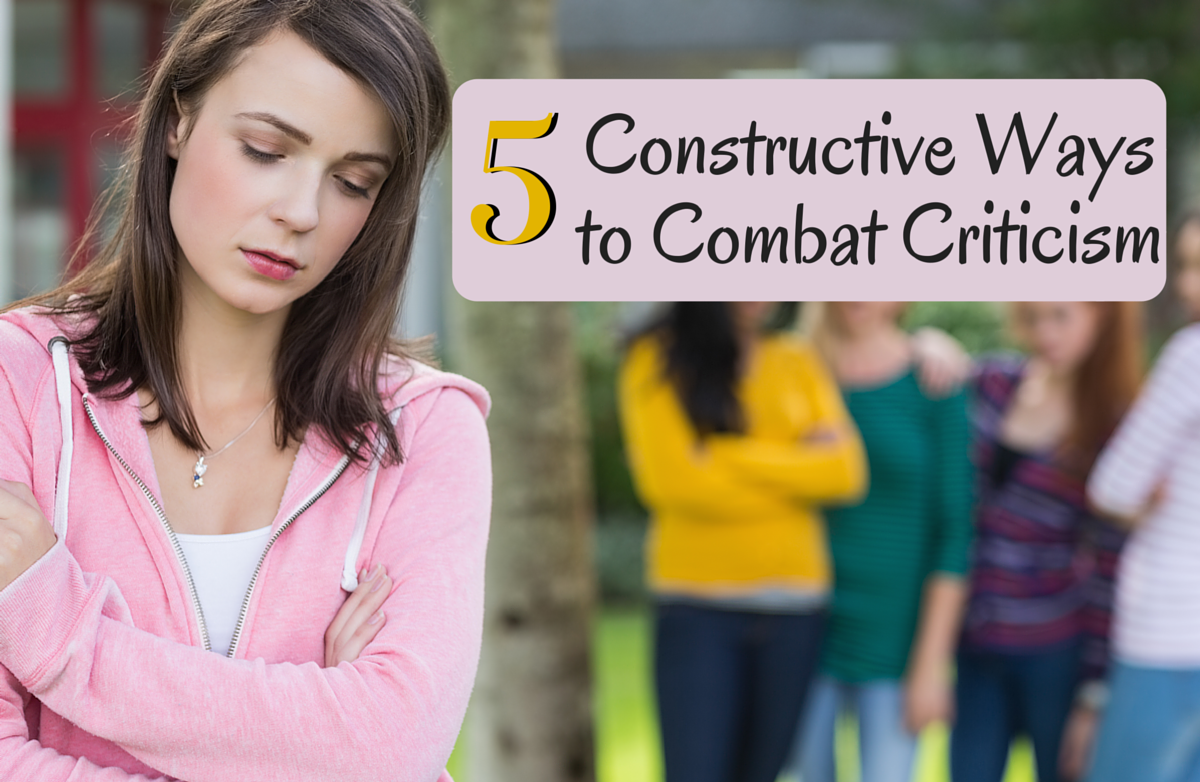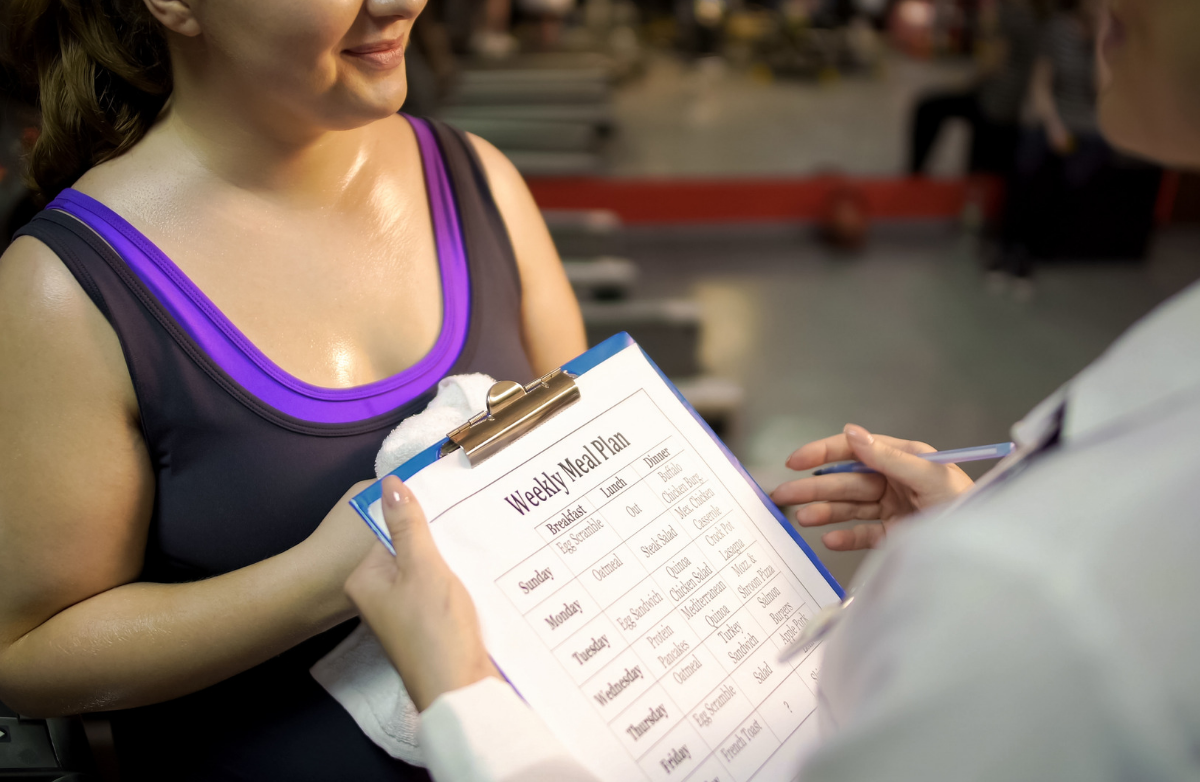There's no doubt that physical activity is good for you. "When you work out consistently, your body more efficiently transports oxygen and nutrients, your brain is more active, you'll have more strength and stamina, and your body will be more resilient in fighting disease and sickness," says fitness trainer Tyler Spraul with Exercise.com.
That said, if you're just starting down the path to fitness for the first time, there are likely to be quite a few sweaty surprises along the way—some pleasant, some not so much. How are you supposed to know which aches, pains and reactions are normal and which are not? Stay safe by educating yourself on the difference between "hurts-so-good" and "something isn’t right."
What's Normal: Sore muscles
What's Not Normal: Sharp, stabbing pain or an inability to move
A dull ache is normal, but sharp pains are a signal that something isn't right. "If you feel a sharp pain in your knees or hamstrings right after performing a squat or a lunge, that could be a sign of injury," says Russo.
It's also not normal for muscles to lock up, such as a bicep that won't flex or a leg that won't straighten. If that happens, trainer Ashley Pitt recommends staying extra hydrated, massaging the area with a foam roller and resting. "You may have used improper form or pushed too hard for your fitness level, leading to swelling and inflammation," she says.
Other abnormal symptoms include joint pain, sensitivity to touch, bruising or abnormal swelling around your joints after a workout. "Joint pain is never something you want to push through," warns Singer. "Joints don't grow back stronger like muscles do, so treat them carefully. If you experience joint pain during an exercise, stop immediately."
What's Normal: Feeling somewhat tired
What's Not Normal: Feeling extreme physical or mental fatigue
Whether it's a grueling spin class or a hilly 5K, a tough workout should leave you somewhat exhausted. If you're still brimming with energy after an exercise session, you probably could have ramped up the length or intensity. On the other end of the spectrum, though, you shouldn't be so wiped out that you struggle to function.
Patrick Henigan, owner and lead trainer at Jacksonville Fitness Academy, notices that many beginners push it too hard, too fast and then complain about being mentally foggy for a few days after the workout. "If your mind feels cloudy after a workout, you are either going overboard in the gym, not fueling properly in the kitchen or not getting enough sleep," says Henigan.
If your workouts leave you feeling too fatigued to complete your regular daily activities, Spraul says you may need to re-evaluate your calorie intake needs. "If you're increasing your regular activity, chances are you'll need more calories to keep your energy level high," he says. "This could be as simple as eating some fruit before or after working out." It's also important to get enough sleep to help with muscle recovery.
What's Normal: A dip in blood sugar
What's Not Normal: Feeling like you're going to faint or throw up
During moderate to intense bouts of exercise, the body starts to glean energy from glycogen in the liver as well as free fatty acids. This can result in lowered blood sugar, which can sometimes cause feelings of nausea, weakness or lightheadedness. Unless you're diabetic, this shouldn't be a cause for concern, as the body will naturally replenish the glycogen over the next several hours.
Certified personal trainer Kim Schaper says that no workout should bring someone to the point of vomiting, injury or an inability to walk. When training clients, her motto is, "rejuvenate, not annihilate."
If you feel noticeably dizzy or lightheaded during or after exercise, stop the activity, sit down, drink some water and take deep breaths.
What's Normal: Having to stop and catch your breath
What's Not Normal: Not being able to catch your breath
When you're doing high-intensity intervals or lifting heavier weights, it's not uncommon to have to take a break to catch your breath between sets of strenuous exercise. "It's normal to breathe heavily when doing cardio for the first time in a while, and maybe go anaerobic as opposed to aerobic," says Russo. "The more you incorporate cardio [into your weekly training routine], the quicker the recovery process and the more efficient your cardiovascular system will be."
On the other hand, if you experience shortness of breath, wheezing, coughing or tightness in the chest for a prolonged period after exercise, these could be signs of asthma, bronchoconstriction or another exercise-induced condition, and you should contact your doctor.
Normal: Elevated heart rate during exercise
Not Normal: Irregular heartbeat or high heart rate that doesn't slow down after exercise
As you increase your exercise intensity, your heart rate will increase to deliver extra oxygen to the muscles and to cool down your body. The amount of the increase will also depend on other factors, including your recent food intake, type of activity and fitness level. Your ideal target heart rate can be calculated based on your resting heart rate and your age.
After a workout, your heart rate should start to gradually return to its resting level. The speed of this process, known as the recovery heart rate, is typically around 15 to 20 beats per minute. If you experience extended periods of high heart rate after exercise, let your doctor know.
What's Normal: A red face from working out
What's Not Normal: An ashen or gray face
Contrary to how it may seem, we promise you're not the only one leaving the gym resembling a tomato from the neck up. Tricia Brouk, owner of Brouk Moves, says this is a result of a normal process called vasodilation, which occurs when the capillaries widen to carry more blood to the surface of the skin, causing you to cool off by sweating.
On the other hand, grayish or blue-toned skin could indicate low oxygen levels in the blood. According to Brouk, it could also be a sign of overheating, dehydration or low blood sugar. "When a person's face turns this color, it's possible that they may faint," she says. "The first thing you need to do is sit down, and then send someone to get you some water or juice."
When it comes to your body, you are the most knowledgeable expert, of course. Whether it's a sharp pain, a breathing problem or just something that feels "off," it's important to trust your body's cues and signals during and after exercise. Remember that exercise should be difficult, but not harmful, so if you think something might be wrong, talk to a professional to find out if you need to make adjustments. After all, we work out to improve our health, not to compromise it.













